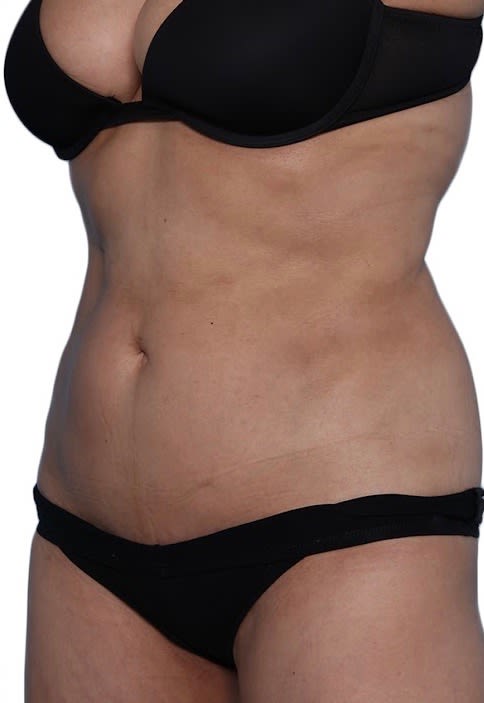
The Skinny
We all have them (some more than others). Scars are a natural part of the healing process, and, unless you’ve managed to never injure yourself, chances are you have some experience with this. Every wound heals in its own way due to the cause, size, shape, location, your skin type, and the myriad of things that may affect the healing process. Some scars form and fade over time, while others stay noticeable and, in some cases, continue to worsen (learn more in our complete guide to Scar Concerns). Regardless of your type of scar, there are a plethora of treatments to lessen and even eliminate the appearance of scars.
AEDIT
Before & After Images by Provider









Before & After Images by Provider
Scar Solutions
The Specifics
Who needs treatment for scars?
Let’s review why scars form. When we injure ourselves the body stops the bleeding and then sends a ton of specialized cells to the area for infection fighting and healing. The puffiness of wounds and natural oozing is all part of the healing process.
As the natural healing process occurs, the body organizes the extracellular matrix skin proteins (like collagen fibers) in a linear formation. This is not the way our skin originally forms-that is more of a woven pattern. It’s this difference in collagen fiber arrangement that makes scars different from the rest of your skin.
The American Academy of Dermatology has classified six different types of scars:
What can you expect from scar treatment?
Scar treatments are designed to reduce the appearance and noticeability of the scar as much as possible. In some cases scars can be nearly entirely eliminated. Depending on your type of scar and skin type, treatments may be more or less effective. In most cases, for mild to moderate scars, treatments are minimally invasive. For more severe scars, more extensive procedures will be needed.
When should you seek treatment for scars?
Again this is dependent on scar type. For typical scars, pursuing treatment is entirely dependent on the individual. Keep in mind there may be some minimal side effects following the procedure. In the case of keloid or contracture scars it is important to be evaluated by a medical professional to ensure there are no concerning underlying processes occurring.
Why should you seek treatment for scars?
Seeking treatment for scars can be a significant emotional and physical choice. Let’s keep it simple, if your scar is bothering you to the point it’s impacting your day to day then it makes sense to consider a consultation with a professional to determine what treatment options are available for your unique scar.
Cosmetic Procedures to Minimize Scars
These professional procedures can create significant and lasting results under the careful supervision of a medical provider.
At-Home Treatments
A variety of options exist that can be purchased over the counter and effectively completed in the comfort of your own home. Vitamins E and C products, essential oils, home facials or chemical peels, and retinoid containing cosmetics can help to reduce scar appearance.
The Takeaway
We all have different skin types, different experiences with healing, and different types of scars. Scar formation is unique to everyone, but fortunately the procedures to correct these concerns are easily tailored to your skin, scar, and expectations.




